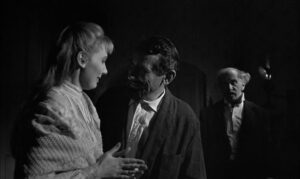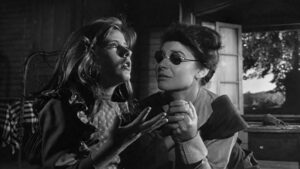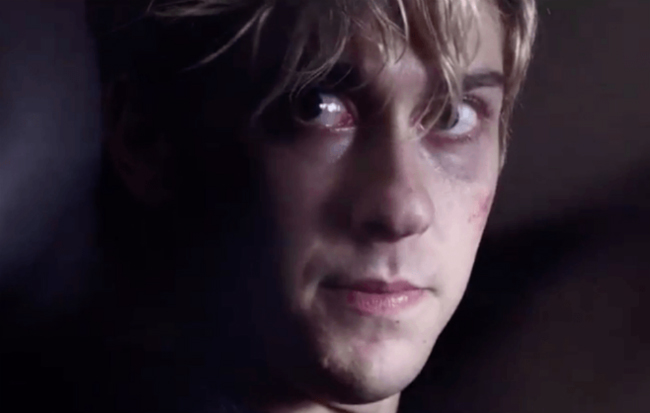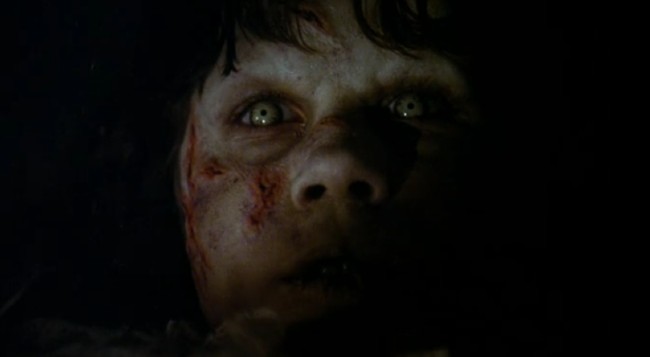A Best Picture This Feature Presentation: The Miracle Worker
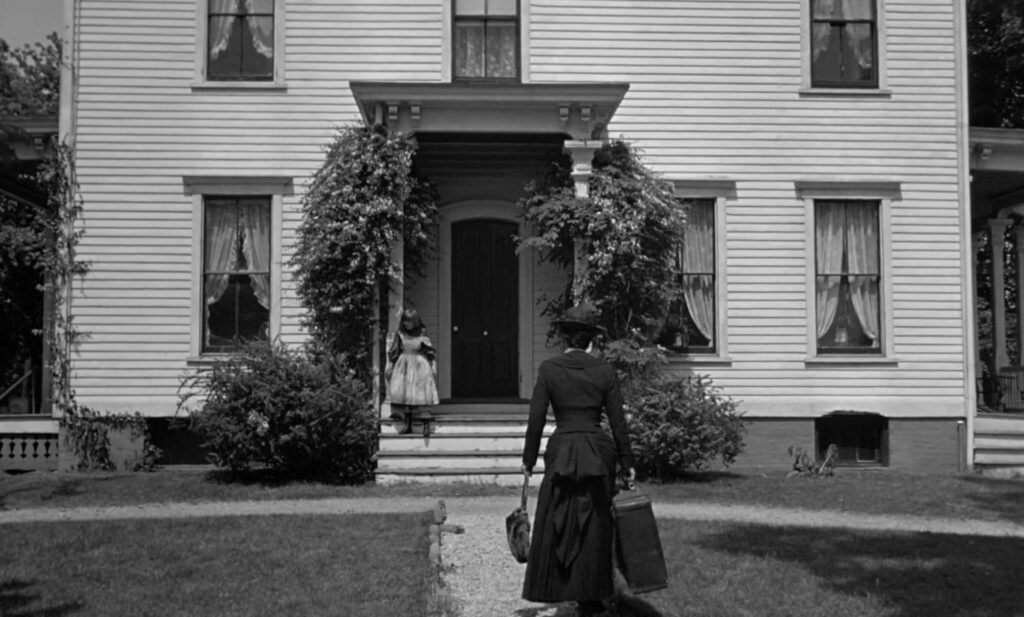
The Miracle Worker delivered both the Best Actress and Best Supporting Actress Oscars at the 1963 Academy Awards. So we decided to give it the Best Picture This treatment. Is it a Keeper or is it going to be Kicked.
The Miracle Worker
In brief, The Miracle Worker is the story of how Anne Sullivan taught a deaf and blind Helen Keller sign language and a vocabulary she didn’t have before. Maybe more important, she taught Helen Keller not to be the wild child that we are introduced to at the beginning of the movie.
“Based on” and “Inspired by” true events give both the writer and the director carte blanche to pretty much do what they want. Take Braveheart for example. It’s 99.99% inaccurate. With the “based on” director Mel Gibson and screenwriter Randall Wallace could say pretty much what they wanted. In the case of The Miracle Worker Hellen Keller is portrayed as a feral child who likes causing damage and rummaging in dirt.
Was Helen Keller a wild child whose parents let go unbathed for days, throwing food around, breaking everything within reach and digging in the dirt? Probably not. However, in the case of the movie it serves as transformational purposes. Helen Keller, wild child and border line maniac, is transformed into a young girl wearing a bonnet thanks to Sullivan’s great teaching.
The Farley Award
By now you should know what The Farley Award is, but in case you forgot, it’s the award that goes to the best scene in the movie. The award for The Miracle Worker goes to the drag out dining room fight between Anne and Helen.
It starts out with Anne trying to teach Helen the correct way to eat with utensils. Helen wants nothing to do with it. She resists for as long as she can until she can’t take it anymore. A fight erupts on the level that would make Quentin Tarantino jealous.
When Anne and Helen seem they’ve burned through their energy, Helen gets off the floor and starts the fight again. Is it the longest fight scene in cinema history? I don’t know, but nothing is left unbroken when they’re done. The one negative is that we never see then of the fight. Film editor Aram Avakian abruptly ends the scene with no resolution. We can assume everything was okay because in the next scene in the dining room nothing is broken.
The Golden Take
Is there ever a Golden Take in biopics? The reason behind most biopics is to tell a story about someone famous. The better biopics only tell a portion of someone’s life, like My Week With Marilyn. The biopics that seem to get all the attention are stories of someone’s entire life, think Ray. These tend to drag on. Either way, most biopics are hit or miss.
The Miracle Worker falls somewhere in the middle of good and drags on. There are moments of pure joy and heartbreak. There are also moments of melodrama and over acting paired with frustration at watching Helen act like the Feral Kid from The Road Warrior. It’s understandable though. Imagine not being able to communicate to anyone how you feel or what you’re thinking. We may act the same way too.
There may not be a Golden Take in The Miracle Worker, but at least for an hour and a half we can feel good knowing that someone somewhere is doing something good for someone. Maybe that’s the Golden Take, help those who can’t help themselves for no more than a thank you.
Kick It or Keep It
The jury remains out.

